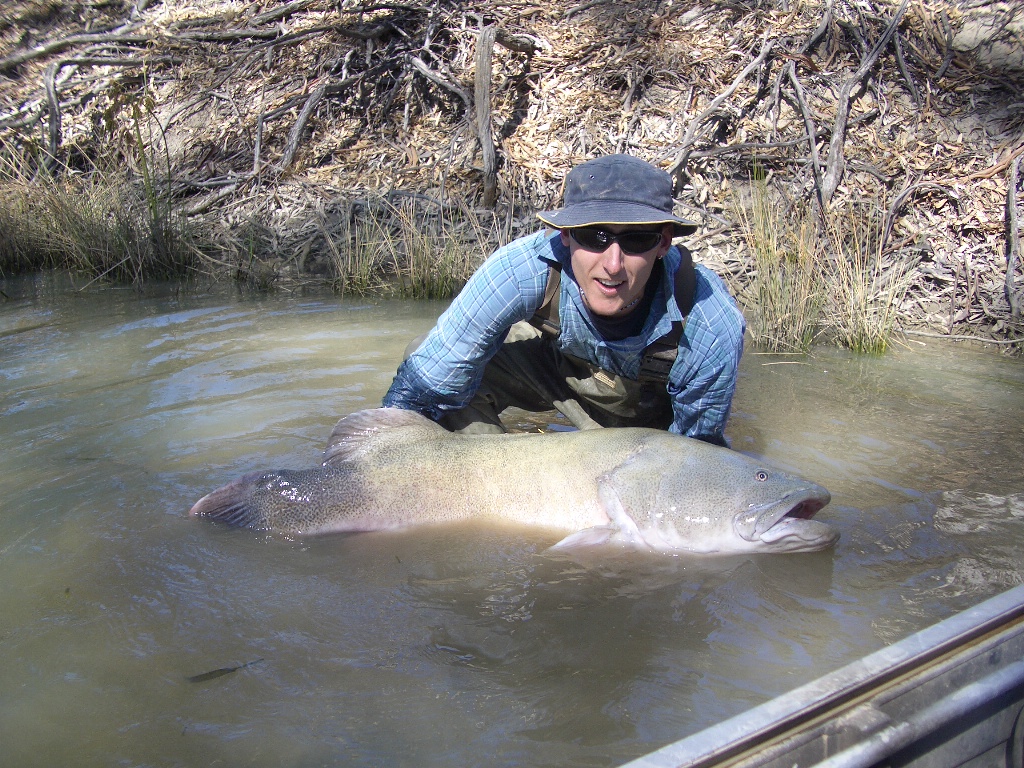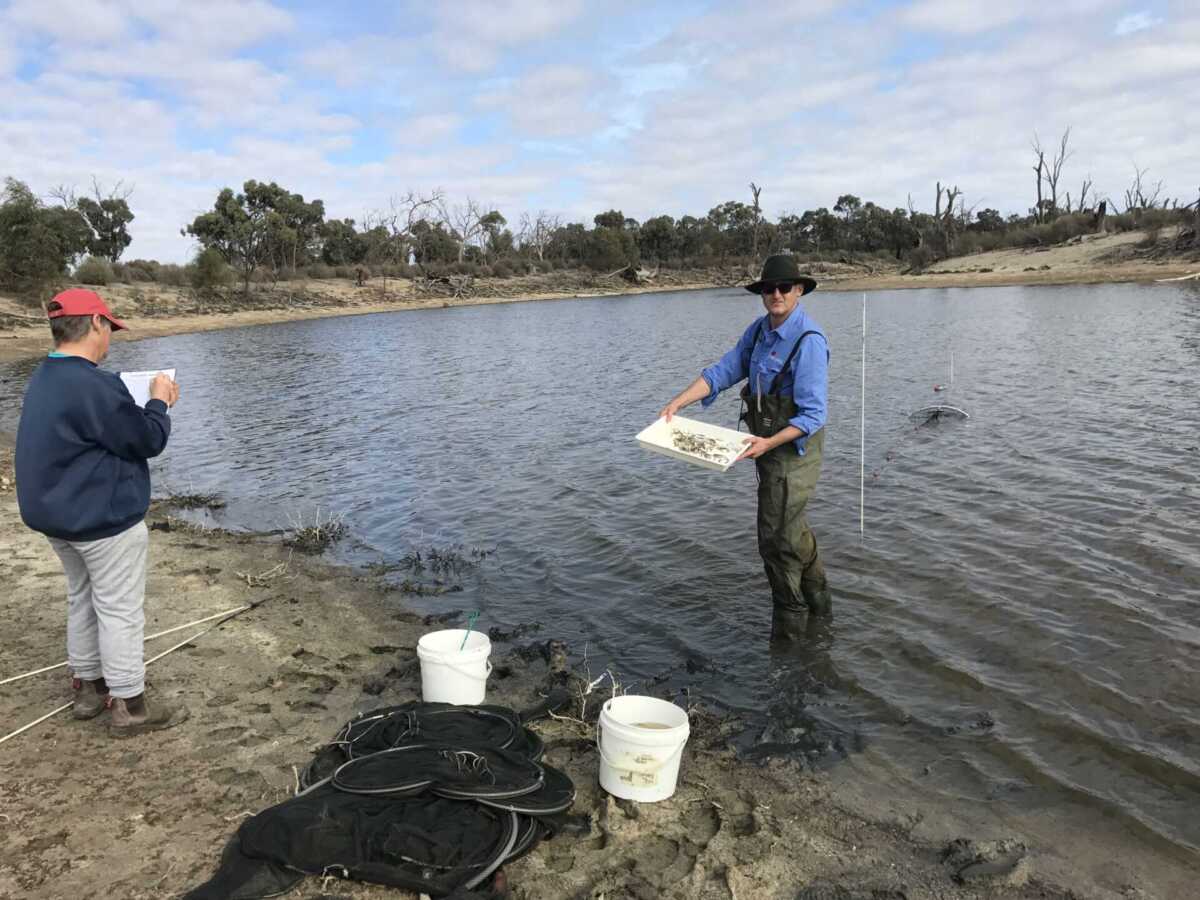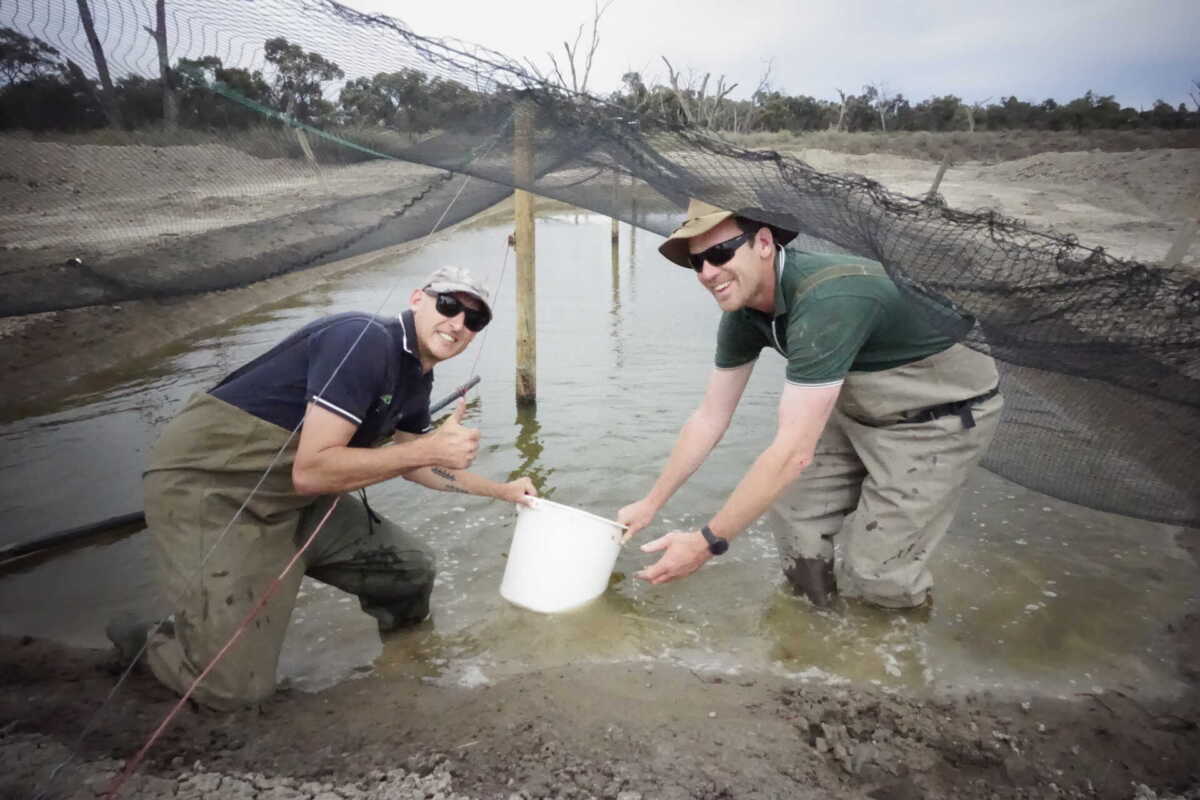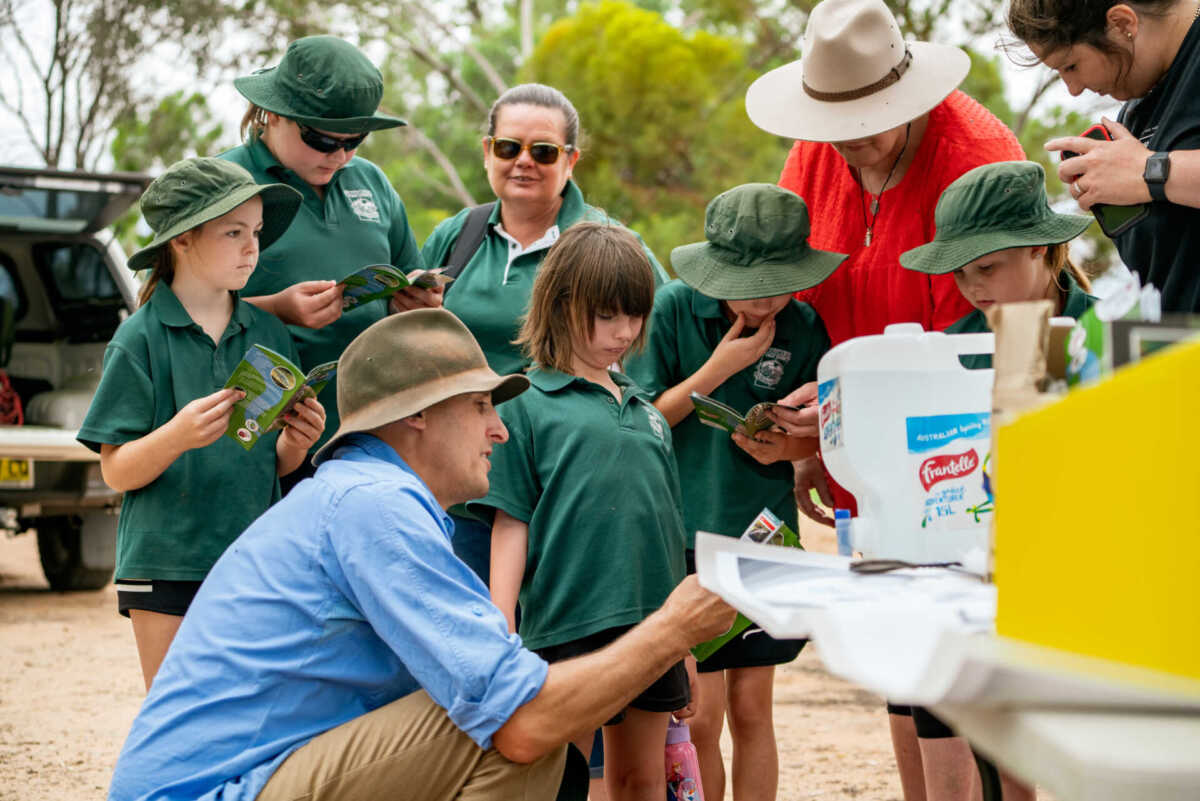It’s flow time: The catalyst for change in the Murray-Darling Basin
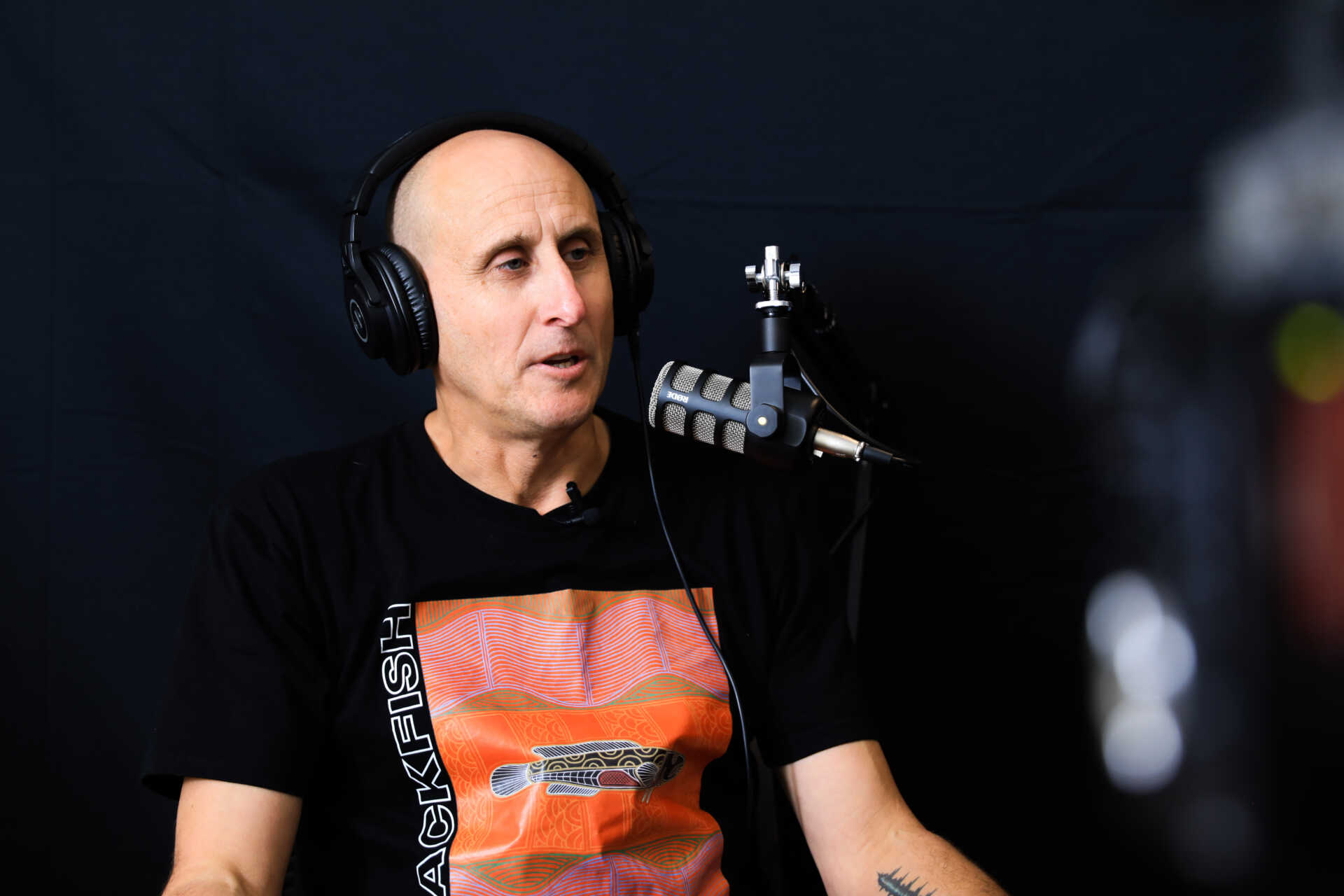
Restoring natural flow in the Murray-Darling Basin is the key to unlocking its potential to live up to its reputation as one of Australia’s biggest and best regions for recreational fishing, according to renowned fish ecologist Iain Ellis.
After working as an ecologist and fisheries manager for more than 23 years, he spoke in great detail on the subject during an in-depth interview with OzCast, the official podcast of OzFish Unlimited, Australia’s fishing conservation charity.
Many native species have evolved over thousands of years to adapt to rivers that rise and fall significantly but over the past 250 years of European settlement, man-made barriers and diversions have had a huge impact on fish populations.
If the flow regime doesn’t support breeding, feeding and dispersal, then Mr Ellis says complementary measures that target fish passage, stocking, habitat restoration and small-bodied fish recovery projects are like band aids.
He is calling on recreational fishers to become more aware of this issue because, as climate change worsens, flow is even more essential to support breeding and recruitment.
Finding the sweet spot that will please conservationists, the needs of farmers, recreational fishers and governments is not an easy task, but he warns that change is needed.
“I don’t know if there’s a spot that pleases everybody but if we don’t move towards a sweet spot and find one where everybody agrees rather than compromises, nature is probably going to force us there,” he said on OzCast.
“Climate change suggests the rivers in the basin are going to be drier, they’re going to have less runoff and then we’re going to have massive floods. We’re gonna go from one extreme to the other.”
Mr Ellis explains that flow is not as simple as ensuring the rivers are running.
“If you think like a fish – water flowing through a river, it’s going faster on the outside of the bend, slower on the inside, you’ve got eddies, you get all turbulent bits behind rocks and snags,” he said.
“That’s flow, that’s flowing water habitat. It’s basically like air to us.
“It’s different patterns of water movement, which they’ve become accustomed to and adapted to over millions of years and they’re reliant on those flows in some cases for cues to move around.”
He said species like golden and silver perch are less likely to breed if there’s no flow in a river.
In the podcast interview, he uses an analogy of imagining a tape measure that stretches out for 100km as a way to measure the impact on Australia’s inland waterways from dams, weirs, regulation, diversion and land clearing.
With every year is equal to a millimetre of time, a metre equates to 1000 years and a kilometre is a million years.
“So dinosaurs died 65km down that tape measure, golden perch and Murray cod started to be things 5-10km down that tape measure, Aboriginal people 60m down the tape measure, pyramids five metres, Jesus 2000 years ago was two metres, Europeans started regulating Australia’s rivers 250 years ago, which is 25cm,” Mr Ellis explained.
“Carp, weirs, dams, extraction, de-snagging, land clearing, riparian clearing, grazing – all that stuff is in the last 25cm and evolution works over thousands, if not millions, of years so fish cannot adapt in 25cm to something that’s taken them 5km to get to the point where they are now.”
He said the concept of altered flow regime was essential to understanding how rivers in the Murray-Darling Basin should operate.
Rivers should go up and down every year, “sometimes real high, sometimes real low”.
“The Darling doesn’t just go up and down, it goes up, flatlines, stops. Up, comes down, flatlines for a bit, stops. The stopping is not normal,” he said.
And in the past 10 years it has stopped twice for more than a year at a time and that has led to widespread fish kills on each occasion.
Restoration work such as planting native species along riverbeds and re-snagging are helpful complementary measures, he explains, but can only reach their full potential if a waterway’s flow is operating at an optimal level.
“They work well hand in hand with something and the something is flow,” he said.
“That’s the fundamental must-have issue. Non-negotiable. If we don’t get that and we don’t stop rivers from drying up that aren’t meant to dry up by using flow wisely and working with the environment rather than against it, then it doesn’t matter how many snags you put in or how many trees you plant, if the flowing water habitat is not there, the fish won’t be there.
“We’ve got to repair the flow regime, refine it, make it more suitable to animals and plants that need to be there and still work that river so that the country can prosper.
“Water is precious and we use it for a bunch of reasons and we need to use it wisely.”

